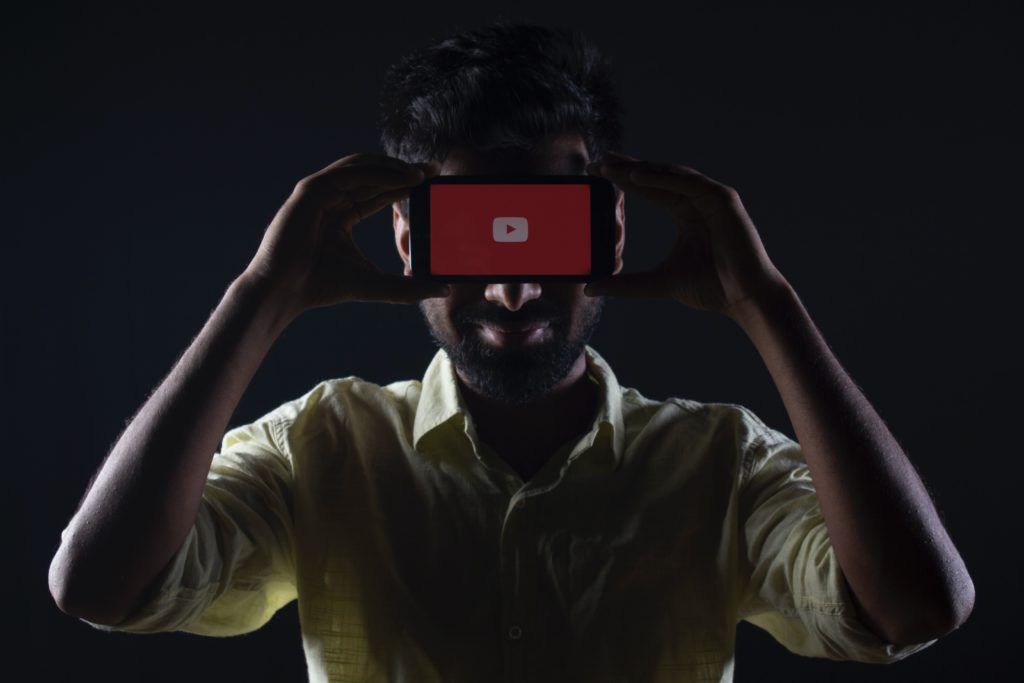The Over-The-Top, or better known as the OTT model, is on the rise. The name basically means any streaming service delivering content over the internet. The service is delivered ‘over the top’ of another platform, hence the moniker. The perfect example of an OTT service model is Netflix, but we’ll get to that part later. First let’s look at what exactly OTT is, why it is important, and how it has triumphed in the video streaming industry.
What is OTT?
The OTT model basically refers to the distribution and delivery of content to the end-user in the video streaming industry. It provides viewers access to movies or TV shows by sending the media directly through the internet. Most of the OTT providers have their own website, app, or page, through which they provide their services. Some of the most popular OTT providers include Netflix, Amazon Prime Video, HBO Max, and Hulu. They eliminate any sort of middle players by providing their services directly to the users in the form of a subscription model.

For example, Netflix buys the rights to the content or produces its own content. It then provides it directly to the consumers through their platform. You can subscribe to Netflix by paying a monthly fee. Since it’s a subscription-based model, the platform is ad-free, and hence is able to provide a great user experience. Also, since it’s distributed directly, there are no players in between to raise the price of the service.
OTT services are not restricted to the video medium only, however, it is the most popular one. More mediums include Audio (Spotify), Messaging and Voice OTT services (WhatsApp).
Impact, Benefit, and Importance of OTT
With the rise of the digital era, newspapers, TV Channels, and radio stations are no longer relevant. More and more people are cutting off the cable, and switching to streaming services. More content in the form of movies, shows, and documentaries are available anytime to the users, wherever they might be. That sounds like a bargain for users considering Netflix subscription costs just $12 monthly.
The global over the top (OTT) services market size stood at USD 30.23 billion in 2018 and is projected to reach USD 86.80 billion by 2026, exhibiting a CAGR of 14.3% during the forecast period.

Since OTT is relatively a new concept, there is massive growth potential there. Reaching consumers will now be increased through these OTT services. How marketers can exactly benefit thorough these ad-free platforms, is yet to be discovered.
Main Monetization Models for OTT Companies
Now since these OTT platforms are ads free, you might be wondering what their monetization models are. Well, there are 3 main models available.
AVOD
This stands for Advertising Video on Demand. In this model, the content is simply distributed to the end consumers for free. A great example for this is YouTube, and they make money through advertisements, or through their premium subscription that is free of ads. Now although this kind of model is kind of popular since its free, however, ads do affect the user’s experience in a negative way.

TVOD
This stands for Transactional Video on Demand. This is a very simple model, in which users Pay Per View (PPV) or Pay Per download (PPD) rather than a collective fee or a subscription. This provides users with immediate access to a specific content, rather than waiting for a long time. However, most users are hesitant to pay for just a view or a download.
SVOD
This stands for Subscription Video on Demand. They are the most popular among consumers. Netflix leads the race in this model, followed closely by Amazon Prime and Hulu. This model offers users an entire library of collection which they can access by paying just a monthly subscription.
The monetization model to be followed will vary from business to business. However, one can not negate the idea that the OTT model is truly a game-changer, and will continue to redefine the service industry. Did you know what Over-The-Top model was before reading this? Did you find this informative? Share your thoughts in the comments section below.

